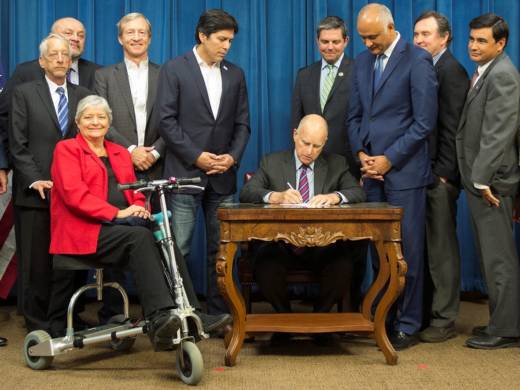California Gov. Jerry Brown defied the drug industry Monday, signing the most comprehensive drug price transparency bill in the nation, one which will force drug makers to publicly justify big price hikes.
“Californians have a right to know why their medical costs are out of control, especially when pharmaceutical profits are soaring,” Brown said. “This measure is a step at bringing transparency, truth, exposure to a very important part of our lives, that is the cost of prescription drugs.”
Brown said the bill was part of a broader push toward correcting growing economic inequities in the U.S., and called on the pharmaceutical leaders “at the top” to consider doing business in a way that helps those with a lot less.
“The rich are getting richer. The powerful are getting more powerful,” Brown said. “So this is just another example where the powerful get more power and take more… We've got to point to the evils, and there's a real evil when so many people are suffering so much from rising drug profits.”
The drug lobby fiercely opposed the bill, SB 17, hiring 45 firms to try to defeat it and spending $16.8 million on lobbying against the full range of drug legislation.
